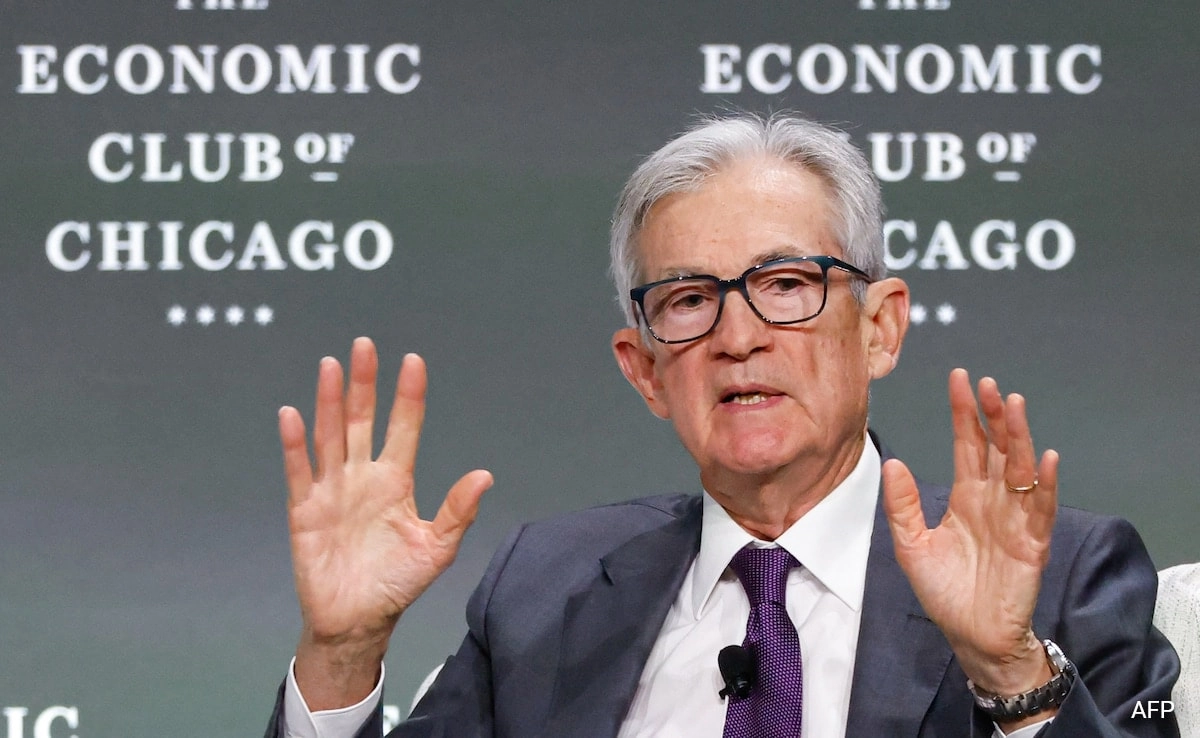In a recent statement, former President Donald Trump expressed his commitment to maintaining continuity in leadership at the Federal Reserve, indicating that he has “no intention” of firing the current Fed Chair, Jerome Powell. This announcement comes amidst ongoing discussions about monetary policy and the economic landscape, which are critical to the recovery efforts following the pandemic. Trump’s remarks signal a recognition of the importance of stability within the central banking system, especially as the economy navigates through a period marked by inflationary pressures and fluctuating interest rates.
Trump’s decision to retain Powell, who has been at the helm of the Federal Reserve since 2018, reflects a strategic approach to economic governance. By avoiding significant leadership changes at the Fed, Trump aims to foster a sense of predictability in monetary policy, which is essential for both investors and consumers. The Fed plays a crucial role in regulating the economy, and any abrupt shifts in leadership could potentially lead to uncertainty in financial markets. By affirming Powell’s position, Trump appears to be prioritizing economic stability and the need for a cohesive approach to fiscal measures.
Moreover, Trump’s comments may also be interpreted as an attempt to bolster confidence in the current administration’s economic strategy. As inflation rates continue to be a concern for many Americans, the Federal Reserve’s actions are under heightened scrutiny. By supporting Powell, Trump is signaling to the public and market participants that he values the Fed’s work in addressing these economic challenges. This decision may also reflect a broader understanding of the delicate balance between political influence and the independence of central banking institutions, which is vital for maintaining credibility and trust in economic policy.
In summary, Trump’s declaration of having “no intention” to fire the Fed Chair underscores his acknowledgment of the critical role the Federal Reserve plays in shaping economic outcomes. By opting for continuity in leadership, he aims to provide a stable environment for financial markets and reassure the public amidst ongoing economic uncertainties. This approach not only highlights the significance of effective monetary policy but also reflects a broader understanding of the interdependence between political leadership and economic stability. As the nation continues to navigate its post-pandemic recovery, the implications of this decision will likely resonate across various sectors of the economy.




